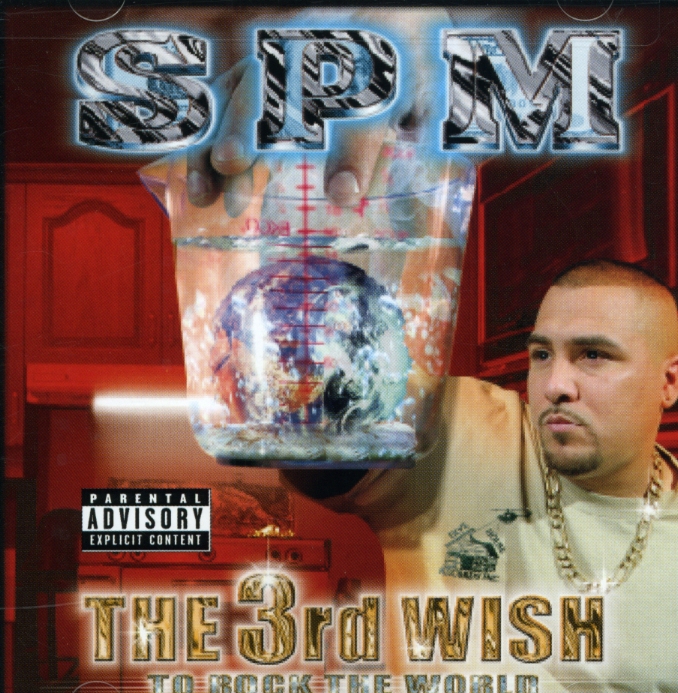
description
ers, translated into English for the very first time, comes a transatlantic novel of dreams, sacrifice, and transformation set at the turn of the twentieth century. The year is 1874. Nesje is a recent widower with a young son, working as a haymaker on an estate in the town of Molde and steadily clearing his own small holding. Then he meets Serianna--an outsider, looking for work, who takes him fishing and smokes a pipe and is thoroughly unlike anyone he's met before. Soon the two fall in love and marry, and Nesje begins to dream of a prosperous future. But prosperity is hard to come by. Some Norwegians--including Serianna's spirited sister, Gjertine--have begun to immigrate to the American West, attracted by the glimmer of land and commerce. One of Nesje's sons follows, while another moves to the city and becomes a wealthy merchant, and another is adopted by Serianna's childless brother and sister-in-law. In Norway and in America, however, the turn of the century is approaching: mechanization is superseding skilled labor, the moneyed classes are growing ever more powerful, and sacrifices don't always deliver what was promised. Haymaker in Heaven is a sprawling saga--drawn from Edvard Hoem's own family history--and a vivid portrait of two countries at a critical moment of intersection.
member goods
No member items were found under this heading.
listens & views

GREATEST CHILDREN'S CHRISTMAS HITS / ...
by GREATEST CHILDREN'S CHRISTMAS HITS / VARIOUS
COMPACT DISCout of stock
$8.99
Return Policy
All sales are final
Shipping
No special shipping considerations available.
Shipping fees determined at checkout.






